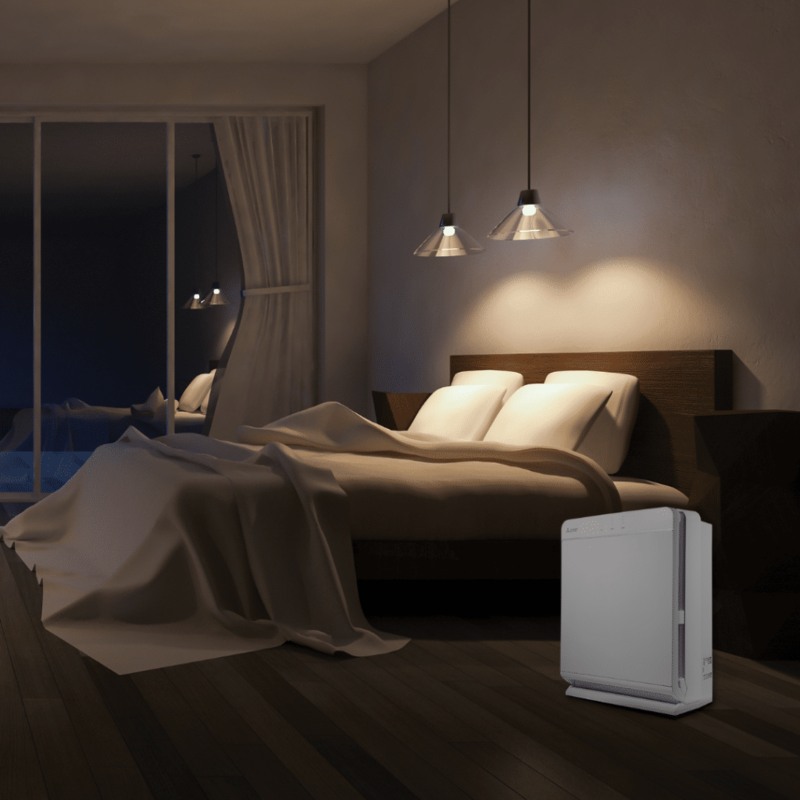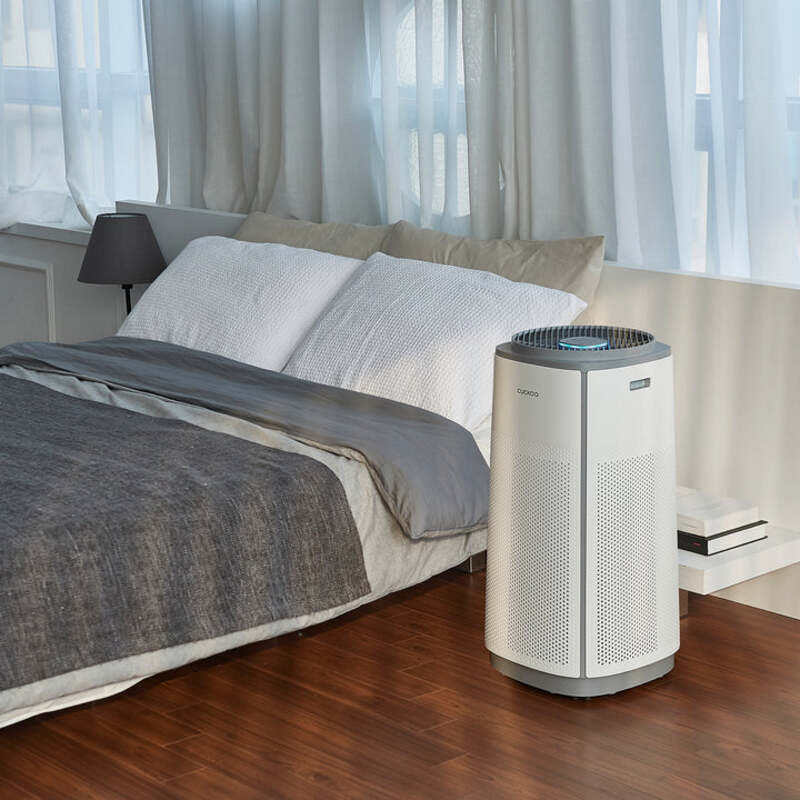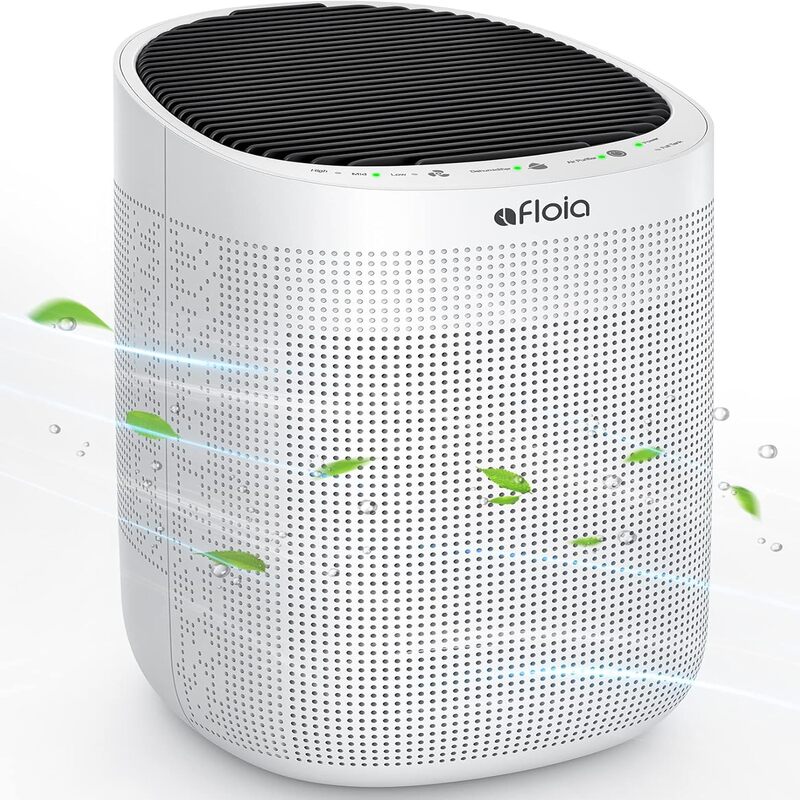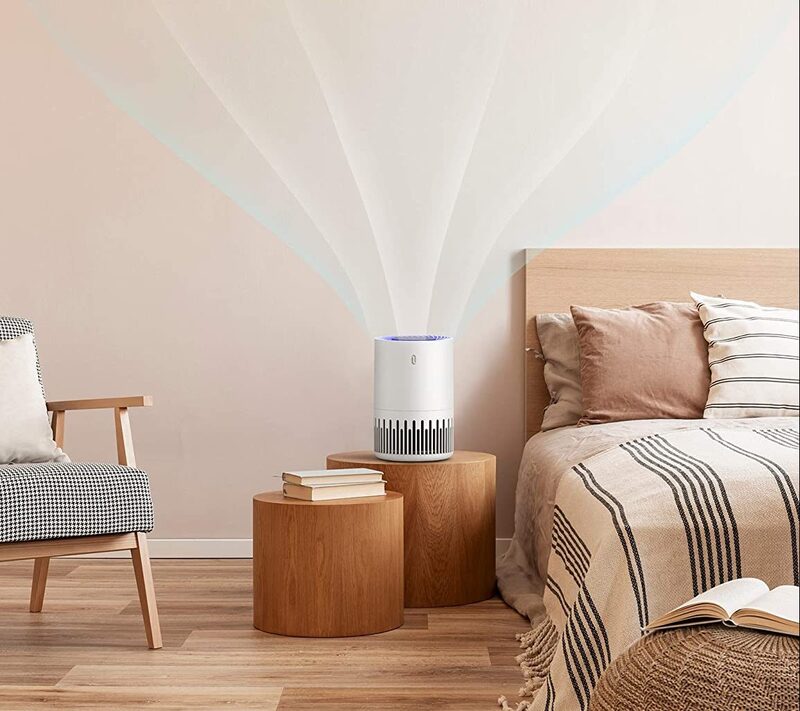An air purifier can significantly enhance indoor air quality. It eliminates pollutants such as dust, pollen, and smoke. However, to reap its full benefits, you need to understand its optimal usage duration. In this article, we will explore how long you should run an air purifier in your bedroom. We will also discuss crucial aspects like different operating modes, the volume of your room, and the quality of air outdoors.
The Basics of Using an Air Purifier
Understanding Air Purifiers
Air purifiers use various technologies to clean the air. HEPA filters, activated carbon, and UV lights are standard. These units capture particles and sterilize microbes. Before diving into operation time, it’s vital to understand how your specific model works. Each type has a distinct way of removing pollutants. For instance, HEPA filters are excellent for trapping small particles, while activated carbon removes odors and gases. Knowing your unit’s strengths helps in making the best use of it.
Initial Setup and Quick Clean Mode
When setting up a new air purifier, it’s advisable to run it continuously for 24 to 48 hours. This process ensures the air in your room starts clean. Most modern air purifiers also come equipped with a “Quick Clean” mode. This mode runs the device at its highest setting, achieving rapid purification. Using this mode initially helps remove a high concentration of pollutants. It sets a good foundation for maintaining air quality thereafter. However, always refer to the manufacturer’s guidelines for the initial operation.

Daily Use of Your Air Purifier
Continuous Operation Throughout the Day
Running your air purifier continuously is generally recommended for optimal air quality. Many modern air purifiers are designed to be energy-efficient. They can operate 24/7 without consuming excessive electricity. Continuous operation ensures that the air remains consistently clean. It also minimizes the accumulation of new pollutants. Most devices have an “Auto” mode that adjusts fan speed based on air quality. This feature helps in conserving energy while maintaining a high standard of air cleanliness.
Night Time Operation
Night time is crucial for clean air, especially in the bedroom. Sleep is when your body’s repair processes are most active. Breathing cleaner air can significantly improve sleep quality. Ideally, the air purifier should run all night. Many air purifiers come with a “Sleep” mode designed for quieter operation. This mode dims display lights and reduces fan speed. Thus, it provides effective air purification without disturbing your sleep. It’s beneficial for people with allergies, asthma, or other respiratory issues.
Factors Affecting Operation Time
Size of the Room
The size of your room plays a critical role in determining how long to run air purifier in bedroom. Larger rooms generally require it to run longer. Most air purifiers come with a Clean Air Delivery Rate (CADR). This rate indicates the volume of air the purifier can filter per minute. Check the CADR rating to ensure it matches the size of your bedroom. For instance, a purifier with a CADR suitable for a 300 sq. ft. room might need to run less frequently in a smaller room. Conversely, larger rooms would require longer operation times to maintain optimal air quality.
Outdoor Air Quality
Outdoor air quality significantly affects indoor air conditions. Even an efficient air purifier will struggle if outside air quality is poor. In areas with heavy pollution or high pollen counts, the purifier should run continuously. Monitoring local air quality indices (AQI) can provide useful insights. On days when the AQI is high, consider running the purifier at a higher setting. Conversely, on days when the air outside is cleaner, you can run it on a lower setting. This dynamic approach helps in effectively combating fluctuations in air quality.

Tips for Efficient Use
Regular Maintenance and Filter Replacement
Regular maintenance is crucial for the effective operation of your air purifier. Filters need periodic replacement or cleaning. Check the manufacturer’s guidelines for specific timelines. Typically, HEPA filters should be replaced every 6-12 months. Activated carbon filters may require replacement more frequently. Some air purifiers come with filter replacement indicators. Ignoring this maintenance can result in reduced efficiency. Dirty filters not only fail to clean the air but could also release trapped particles back into the environment. Always ensure to keep the device clean, including its vents and sensors.
Strategic Placement in the Room
Correct placement of your air purifier can substantially enhance its effectiveness. Position it in a central location in your bedroom if possible. Ensure it has plenty of space around it for optimal airflow. Avoid placing it behind furniture or in confined sections of the room. Additionally, place the unit away from walls to avoid blocking the air intake and output. Proper placement ensures the purifier can capture airborne pollutants from all corners of the room. This strategic positioning will also help in quicker air purification.
The Science Behind Air Purifiers
Air Replacement Rates
Understanding air replacement rates is essential for optimal use of air purifiers. This rate indicates how fast an air purifier can clean the air in a room. It is often referred to as Air Changes per Hour (ACH). ACH represents how many times an hour the device can replace the air in a specific room size. A higher ACH rate means cleaner air but might require longer running times. For a bedroom, an ACH of 5-6 times per hour is generally recommended. This ensures nearly total purification of the room’s air every 10-12 minutes, maintaining a high level of cleanliness.
Pollutant Types
Different types of pollutants require different purification strategies. For instance, particulate matter such as dust and pollen are readily captured by HEPA filters. However, gaseous pollutants and odors are better handled by activated carbon filters. Understanding the primary types of pollutants in your environment helps in optimizing the air purifier settings. For example, if you primarily deal with odors and gases, running the purifier in a “High” mode for longer durations might be more effective. Similarly, for particulate matter, a HEPA-focused purifier running continuously on a moderate setting can suffice.

Eco-friendly and Energy-efficient Operation
Energy Consumption
Energy consumption is a valid concern for continuous operation. However, many air purifiers are designed to be energy-efficient. Units with Energy Star ratings are particularly beneficial. These consume minimal electricity without compromising performance. Even running them 24/7 won’t lead to substantial increases in your energy bill. Utilizing features like “Auto” and “Eco” modes can further reduce energy consumption. These modes adjust the fan speed based on the current air quality, thus saving electricity. They are a smart way to balance clean air and energy efficiency.
Eco-friendly Filters
Filter disposal is another important aspect to consider. Some air purifiers use eco-friendly, biodegradable filters. Switching to such models or filters can reduce environmental impact. Additionally, certain filters are washable and reusable, further minimizing waste. Always follow manufacturer guidelines for washing and reusing filters to ensure they remain effective. Choosing eco-friendly air purifiers and filters contributes to a sustainable lifestyle while maintaining indoor air quality. This balance between effective air purification and environmental responsibility is crucial.
User Experiences and Reviews
Real-world Insights
Many users report varied experiences based on their unique conditions. Some find running the unit continuously yields the best results. Others prefer intermittent operation based on daily activities. Reading real-world reviews and experiences can offer practical insights. These firsthand accounts provide valuable perspectives on what to expect in different scenarios. They can guide you in adjusting your air purifier usage to fit your specific needs better.
Common Issues and Solutions
Users often encounter issues like noise or ineffective purification. Most problems have straightforward solutions. For instance, excessive noise might indicate a need for filter replacement or repositioning the unit. Ineffectiveness could result from a clogged filter or poor placement. Regularly consulting the user manual and troubleshooting guides can help resolve most issues. Engaging with online communities or customer support also offers additional help. Addressing these common problems ensures the air purifier remains efficient and effective.
Conclusion
Optimal Usage
Running an air purifier in your bedroom is not just about flipping a switch. It involves an understanding of your specific unit and its capacities. Continuous operation is generally advisable for consistent air quality. Factors such as room size, outdoor air quality, and pollutant types also play crucial roles. Regular maintenance and strategic placement further enhance the purifier’s effectiveness. Utilizing energy-efficient modes and considering eco-friendly filters also contribute to an optimal experience. By considering these factors, you can achieve the best air quality in your bedroom.
Final Thoughts
Your specific needs and circumstances will largely determine the best operation schedule. Initial continuous operation, followed by strategic daily use, can offer maximum benefits. Investing time in understanding your air purifier’s features and capabilities will pay off. Regular maintenance and appropriate settings based on room size and outdoor air quality are vital. By adopting these practices, you can ensure a cleaner, healthier bedroom environment. This contributes not only to better sleep but enhances overall well-being. So, take the time to understand your air purifier and use it efficiently for the best results.

